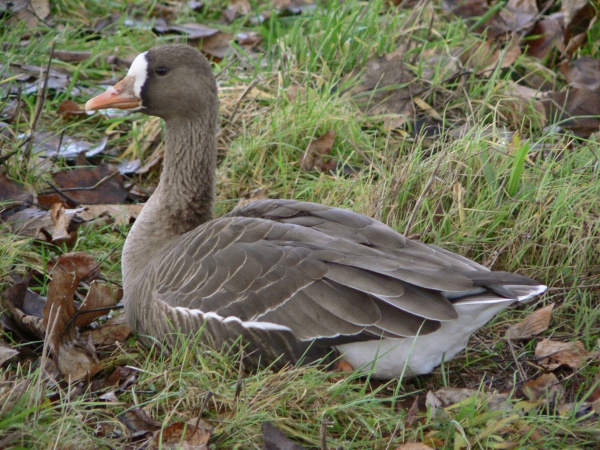Facts About Greater white-fronted goose
The greater white-fronted goose is a captivating bird, easily identified by the distinctive white patch at the base of its bill. In Europe, it is commonly referred to as the "white-fronted goose" whereas in North America, it is affectionately known as the "specklebelly" due to its unique speckled breast markings. These medium-sized geese feature orange legs and grayish-brown upper wing-coverts, and they are unmistakable with their high-pitched calls.
Interestingly, there are five recognized subspecies of the greater white-fronted goose, each with its own distribution across Europe, Asia, North America, and Greenland. These subspecies display variations in plumage characteristics and bill colors depending on their geographical range. Some studies even suggest that the birds from Greenland exhibit sufficiently distinct behaviors to potentially qualify as a separate species.
These geese migrate to specific wintering grounds, and their breeding success is heavily influenced by weather conditions. Different breeding populations follow unique migration patterns. Researchers have employed techniques such as analyzing isotopes in feathers to trace the migratory routes of individual birds. This method aids in tracking disease spread and bolstering conservation efforts.

 Poland
Poland